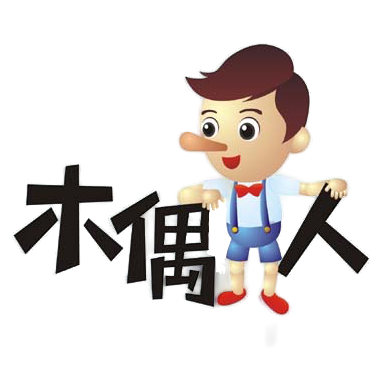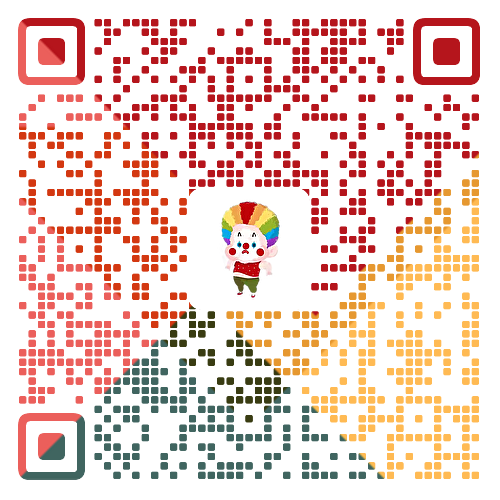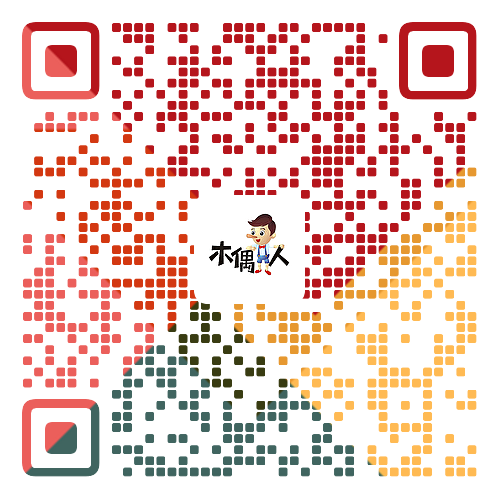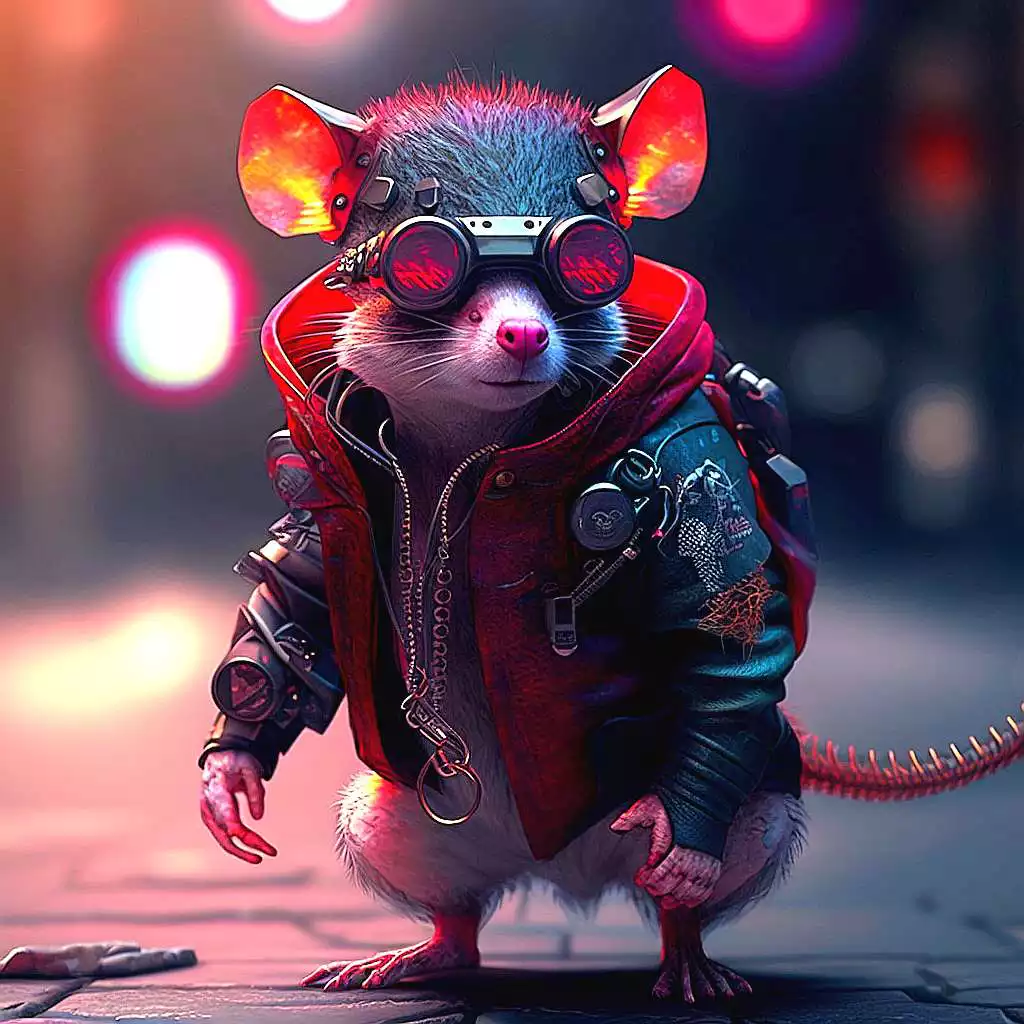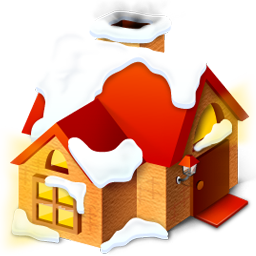一、元素定位
| 定位模式 | 是否脱标 | 移动位置 | 是否常用 |
|---|
| static(静态定位) | 不脱标 | 不能使用边偏移 | 很少 |
| relative(相对定位) | 不脱标(占有位置) | 相对自身位置移动 | 常用 |
| absolute(绝对定位) | 脱标(不占有位置) | 带有定位的父级 | 常用 |
| fixed(固定定位) | 脱标(不占有位置) | 浏览器可视区 | 常用 |
| sticky(粘性定位) | 不脱标(占有位置) | 浏览器可视区 | 当前阶段少 |
1. 定位的组成
定位 : 将盒子定在某个位置,所以 定位也是在摆放盒子,按照定位的方式移动盒子
定位 = 定位模式 + 边偏移
定位模式:指定一个元素在文档中的定位方式
边偏移 : 决定了该元素的最终位置
语法:
1
| position: static | relative | absolute | fixed;
|
定位模式:
| 参数 | 含义 |
|---|
static | 静态定位 |
relative | 相对定位 |
absolute | 绝对定位 |
fixed | 固定定位 |
sticky | 粘性定位 |
边偏移:
| 边偏移属性 | 示例 | 描述 |
|---|
top | top: 80px | 顶端偏移量,定义元素相对于其父元素上边线的距离 |
bottom | bottom: 80px | 底部偏移量,定义元素相对于其父元素下边线的距离 |
left | left: 80px | 左侧偏移量,定义元素相对于其父元素左边线的距离 |
right | right: 80px | 右侧偏移量,定义元素相对于其父元素右边线的距离 |
2. 静态定位(static)
语法:
1
2
3
| 选择器 {
position: static;
}
|
特性:
- 静态定位按照标准流特性摆放,没有边偏移
- 使用相对较少
3. 相对定位(relative)
相对定位: 元素在移动位置的时候,是相对于它 原来的位置 来说的
语法:
1
2
3
| 选择器 {
position: relative;
}
|
特性:
- 以它原来的位置为参考移动;
- 他移动后原来的位置不会被占据,仍然保留(不脱标);
- 边偏移的距离是以移动后的位置距离原来的位置来计算的,如:left:100px,说明向右移动 100 像素,原来位置在它的左侧
代码示例
1
2
3
4
5
6
7
8
9
10
11
12
13
14
15
16
17
18
19
20
21
22
23
24
25
26
27
| <!DOCTYPE html>
<html lang="en">
<head>
<meta charset="UTF-8" />
<meta http-equiv="X-UA-Compatible" content="IE=edge" />
<meta name="viewport" content="width=device-width, initial-scale=1.0" />
<title>Document</title>
<style>
.box1 {
position: relative;
left: 100px;
width: 200px;
height: 200px;
background-color: rgba(228, 31, 228, 0.8);
}
.box2 {
width: 200px;
height: 200px;
background-color: rgba(43, 185, 228, 0.8);
}
</style>
</head>
<body>
<div class="box1">相对定位</div>
<div class="box2"></div>
</body>
</html>
|
4. 绝对定位(absolute)
绝对定位: 元素在移动位置的时候,是相对于它祖先元素来说的
语法:
1
2
3
| 选择器 {
position: absolute;
}
|
特点:
- 如果没有父元素或父元素没有定位,则以浏览器为准定位;
- 如果祖先元素有定位(相对、绝对、固定定位),则以有点位的最近一级祖先元素为参考点一定位置
- 绝对定位不再占有原来的位置(脱标)
代码示例
1
2
3
4
5
6
7
8
9
10
11
12
13
14
15
16
17
18
19
20
21
22
23
24
25
26
27
28
29
30
31
32
33
34
35
36
37
38
39
40
41
42
43
| <!DOCTYPE html>
<html lang="en">
<head>
<meta charset="UTF-8">
<meta http-equiv="X-UA-Compatible" content="IE=edge">
<meta name="viewport" content="width=device-width, initial-scale=1.0">
<title>Document</title>
<style>
.box1 {
width: 300px;
height: 300px;
background-color: rgba(228, 31, 228, 0.8);
}
.box2 {
position: absolute;
top: 10px;
right: 10px;
width: 200px;
height: 200px;
background-color: rgba(43, 185, 228, 0.8);
}
.box3 {
position: absolute;
right: 10px;
bottom: 10px;
width: 100px;
height: 100px;
background-color: rgba(233, 229, 8, 0.8);
}
</style>
</head>
<body>
<div class="box1">
<div class="box2">先祖元素没有定位时,以浏览器为基准 <div class="box3">先祖元素有定位时,以先祖元素为基准</div>
</div>
</div>
</body>
</html>
|
5. 子绝父相
子绝父相: 子元素绝对定位,父元素相对定位
特点:
- 子级绝对定位,不占有位置,可以放到父盒子里的任何位置,不影响其他的兄弟盒子
- 父盒子需要加定位限制子盒子的活动范围
代码示例
1
2
3
4
5
6
7
8
9
10
11
12
13
14
15
16
17
18
19
20
21
22
23
24
25
26
27
28
29
30
31
32
33
34
35
36
37
38
39
40
41
42
43
44
45
46
47
48
49
| <!DOCTYPE html>
<html lang="en">
<head>
<meta charset="UTF-8">
<meta http-equiv="X-UA-Compatible" content="IE=edge">
<meta name="viewport" content="width=device-width, initial-scale=1.0">
<title>Document</title>
<style>
li {
list-style: none;
}
.box-bd ul li {
position: relative;
float: left;
width: 228px;
height: 230px;
background-color: #fff;
margin-right: 15px;
margin-bottom: 15px;
border: 1px solid red;
}
.box-bd ul li>img {
width: 100%;
}
.box-bd ul li em {
position: absolute;
top: 4px;
right: -6px;
}
</style>
</head>
<body>
<div class="box-bd">
<ul class="clearfix">
<li>
<em>
<img src="https://img.pupper.cn/img/202111231118389.png" alt="">
</em>
<img src="https://img.pupper.cn/img/202111231118957.png" alt="">
<h4>子绝父相</h4>
</li>
</ul>
</div>
</body>
</html>
|
6. 固定定位(fixed)
固定定位: 将元素固定在浏览器中的某个位置
语法:
1
2
3
| 选择器 {
position: fixed;
}
|
特点:
- 以浏览器的可是窗口为参照点移动元素
- 跟父元素没有任何关系
- 不随滚动条滚动
- 不占用原来的位置(脱标)
- 可以看做是一种特殊的绝对定位
示例:
将元素固定到版心右侧:先固定到浏览器的一般宽度,在使用 margin 移动版心一半的宽度
代码示例
1
2
3
4
5
6
7
8
9
10
11
12
13
14
15
16
17
18
19
20
21
22
23
24
25
26
27
28
29
30
31
32
33
34
35
36
37
38
39
40
41
42
43
44
45
46
47
48
49
50
| <!DOCTYPE html>
<html lang="en">
<head>
<meta charset="UTF-8">
<meta http-equiv="X-UA-Compatible" content="IE=edge">
<meta name="viewport" content="width=device-width, initial-scale=1.0">
<title>Document</title>
<style>
li {
list-style: none;
}
.box-bd ul li {
margin: 0 auto;
width: 500px;
height: 1500
px;
background-color: #fff;
border: 1px solid red;
}
.box-bd ul li>img {
width: 100%;
height: 1500px;
}
.box-bd ul li em {
position: fixed;
top: 500px;
left: 50%;
margin-left: 275px;
}
</style>
</head>
<body>
<div class="box-bd">
<ul class="clearfix">
<li>
<em>
<img src="https://img.pupper.cn/img/202111231118389.png" alt="">
</em>
<img src="https://img.pupper.cn/img/202111231118957.png" alt="">
</li>
</ul>
</div>
</body>
</html>
|
7. 粘性定位(sticky)
粘性定位: 相对定位与固定定位的混合
语法:
1
2
3
| 选择器 {
position: sticky;
}
|
特点:
- 以浏览器的可视窗口为参照点移动元素(固定定位的特点)
- 占有原来的位置(相对定位的特点)
代码示例
1
2
3
4
5
6
7
8
9
10
11
12
13
14
15
16
17
18
19
20
21
22
23
24
25
26
27
28
29
30
31
32
33
34
35
36
| <!DOCTYPE html>
<html lang="en">
<head>
<meta charset="UTF-8">
<meta http-equiv="X-UA-Compatible" content="IE=edge">
<meta name="viewport" content="width=device-width, initial-scale=1.0">
<title>Document</title>
<style>
body {
height: 3000px;
border: 1px solid red;
}
.nav {
position: sticky;
top: 0;
width: 800px;
height: 50px;
margin: 100px auto;
background-color: rgb(82, 79, 79);
color: #fff;
font-size: 40px;
text-align: center;
}
</style>
</head>
<body>
<div class="nav">
这是粘性定位
</div>
</body>
</html>
|
二、定位的特性
1. 定位的叠放次序(z-index)
z-index:用于控制盒子的在使用定位时的盒子叠放顺序
语法:
特点:
- 数值可以是正整数、负整数 和 0,数值越大,盒子越靠上,数字后不能加单位
- 如果值相同,则按书写的先后顺序来排列,最后写的在最上方
- 只有定位的盒子才有 z-index 属性
代码示例
1
2
3
4
5
6
7
8
9
10
11
12
13
14
15
16
17
18
19
20
21
22
23
24
25
26
27
28
29
30
31
32
33
34
35
36
37
38
39
40
41
42
| <!DOCTYPE html>
<html lang="en">
<head>
<meta charset="UTF-8">
<meta http-equiv="X-UA-Compatible" content="IE=edge">
<meta name="viewport" content="width=device-width, initial-scale=1.0">
<title>Document</title>
<style>
.box {
width: 300px;
height: 200px;
}
.nav1 {
position: absolute;
top: 40px;
left: 40px;
z-index: 1;
background-color: rgb(129, 78, 127);
}
.nav2 {
position: absolute;
top: 20px;
left: 20px;
z-index: 0;
background-color: rgb(199, 230, 26);
}
.nav3 {
background-color: rgb(6, 230, 200);
}
</style>
</head>
<body>
<div class="box nav1">1</div>
<div class="box nav2">2</div>
<div class="box nav3">3</div>
</body>
</html>
|
2. 绝对定位盒子水平居中
加了绝对定位的盒子不能通过 margin: 0 auto 水平居中:
left: 50%; : 让盒子在左侧移动到父元素的水平中心位置margin-left: -100px;: 让盒子向左移动自身宽度的一半。
代码示例
1
2
3
4
5
6
7
8
9
10
11
12
13
14
15
16
17
18
19
20
21
22
23
24
25
26
27
28
29
30
31
32
33
34
35
| <!DOCTYPE html>
<html lang="en">
<head>
<meta charset="UTF-8">
<meta http-equiv="X-UA-Compatible" content="IE=edge">
<meta name="viewport" content="width=device-width, initial-scale=1.0">
<title>Document</title>
<style>
.nav1 {
position: relative;
width: 300px;
height: 300px;
background-color: rgb(129, 78, 127);
}
.nav2 {
width: 100px;
height: 50px;
position: absolute;
background-color: rgb(199, 230, 26);
left: 50%;
top: 50%;
margin-left: -50px;
margin-top: -25px;
}
</style>
</head>
<body>
<div class="box nav1">
<div class="box nav2">绝对定位盒子水平居中</div>
</div>
</body>
</html>
|
3. 拓展
绝对定位和固定定位也和浮动类似:
- 行内元素 添加绝对或者固定定位,可以直接设置 高度 和 宽度;
- 块级元素 添加绝对或固定定位,如果 不给 宽度或高度,默认大小是 内容的大小
- 浮动元素 只会压住它下面标准流的盒子,不会压住标准流盒子里的文字或图片(文字环绕效果)
- 固定定位(绝对定位)会压住下面标准流所有的内容
案例(banner)
代码示例
1
2
3
4
5
6
7
8
9
10
11
12
13
14
15
16
17
18
19
20
21
22
23
24
25
26
27
28
29
30
31
32
33
34
35
36
37
38
39
40
41
42
43
44
45
46
47
48
49
50
51
52
53
54
55
56
57
58
59
60
61
62
63
64
65
66
67
68
69
70
71
72
73
74
75
76
77
78
79
80
81
82
83
84
85
86
87
88
| <!DOCTYPE html>
<html lang="en">
<head>
<meta charset="UTF-8">
<meta http-equiv="X-UA-Compatible" content="IE=edge">
<meta name="viewport" content="width=device-width, initial-scale=1.0">
<title>Document</title>
<style>
* {
margin: 0;
padding: 0;
}
.banner {
position: relative;
width: 520px;
height: 280px;
margin: 20px auto;
}
li {
list-style: none;
}
.banner img {
width: 520px;
height: 280px;
}
.prev,
.next {
position: absolute;
width: 20px;
height: 30px;
top: 50%;
margin-top: -15px;
text-decoration: none;
color: #fff;
background-color: rgba(255, 252, 252, 0.3);
line-height: 30px;
}
.prev {
left: 0;
border-top-right-radius: 15px;
border-bottom-right-radius: 15px;
}
.next {
right: 0;
text-align: right;
border-top-left-radius: 15px;
border-bottom-left-radius: 15px;
}
.promo-nav {
position: absolute;
bottom: 15px;
width: 70px;
height: 14px;
background-color: rgba(255, 252, 252, 0.3);
left: 50%;
margin-left: -35px;
border-radius: 7px;
}
.promo-nav li {
float: left;
width: 8px;
height: 8px;
border-radius: 5px;
background-color: #fff;
margin: 3px;
}
.promo-nav .one {
background-color: red;
}
</style>
</head>
<body>
<div class="banner">
<img src="https://img.pupper.cn/img/202111241153035.jpg" alt="">
<a href="#" class="prev"> < </a>
<a href="#" class="next"> > </a>
<ul class="promo-nav">
<li class="one"></li>
<li></li>
<li></li>
<li></li>
<li></li>
</ul>
</div>
</body>
</html>
|
三、元素的显示与隐藏
1. 元素的显示与隐藏
| 属性 | 说明 |
|---|
display: block | 除了转换为块元素外,同时还有显示元素的意思 |
display: none | 隐藏元素(不占有 原来的位置) |
visibility: visible | 显示元素 |
visibility: hidden | 隐藏元素(占有 原来的位置) |
代码示例
1
2
3
4
5
6
7
8
9
10
11
12
13
14
15
16
17
18
19
20
21
22
23
24
25
26
27
28
29
30
31
32
33
34
35
36
37
38
39
40
41
42
43
44
45
46
47
48
49
50
51
52
53
54
55
56
57
58
59
60
61
62
63
64
65
66
| <!DOCTYPE html>
<html lang="en">
<head>
<meta charset="UTF-8">
<meta http-equiv="X-UA-Compatible" content="IE=edge">
<meta name="viewport" content="width=device-width, initial-scale=1.0">
<title>Document</title>
<style>
* {
margin: 0;
padding: 0;
}
.demo1,
.demo2 {
width: 400px;
height: 200px;
}
.demo1 {
border: 2px solid greenyellow;
}
.demo2 {
border: 2px solid red;
}
.demo1 div {
display: inline-block;
width: 150px;
height: 150px;
}
.demo1 .box1 {
display: none;
background-color: rgb(156, 155, 155);
}
.demo1 .box2 {
background-color: rgb(231, 151, 151);
}
.demo2 div {
display: inline-block;
width: 150px;
height: 150px;
}
.demo2 .box1 {
visibility: hidden;
background-color: rgb(156, 155, 155);
}
.demo2 .box2 {
background-color: rgb(231, 151, 151);
}
</style>
</head>
<body>
<div class="demo1">
<div class="box1"></div>
<div class="box2"></div>
<p>display: none; 隐藏元素(**不占有** 原来的位置)</p>
</div>
<div class="demo2">
<div class="box1"></div>
<div class="box2"></div>
<p>visibility: hidden;隐藏元素(**占有** 原来的位置)</p>
</div>
</body>
</html>
|
2. 隐藏溢出 (overflow)
overflow : 用于设置如果溢出一个元素框(超过高度或宽度)时,元素是否隐藏
| 属性值 | 描述 |
|---|
| visible | 不隐藏溢出内容 |
| hidden | 隐藏溢出内容 |
| scroll | 总显示滚动条 |
| auto | 超出时显示滚动条 |
如果盒子有定位属性,不建议使用 overflow: hidden;,会将所有溢出全部隐藏,不方便布局
案例二
代码示例
1
2
3
4
5
6
7
8
9
10
11
12
13
14
15
16
17
18
19
20
21
22
23
24
25
26
27
28
29
30
31
32
33
34
35
36
37
38
39
40
41
42
43
44
45
46
| <!DOCTYPE html>
<html lang="en">
<head>
<meta charset="UTF-8">
<meta http-equiv="X-UA-Compatible" content="IE=edge">
<meta name="viewport" content="width=device-width, initial-scale=1.0">
<title>Document</title>
<style>
* {
margin: 0;
padding: 0;
}
.demo1 {
position: relative;
width: 520px;
height: 280px;
margin: 20px auto;
}
.demo1 img {
width: 520px;
height: 280px;
}
#play {
display: none;
position: absolute;
top: 0;
left: 0;
width: 520px;
height: 280px;
background: rgba(0, 0, 0, 0.5) url(https://img.pupper.cn/img/202111241329939.png) no-repeat center;
}
.demo1:hover #play {
display: block;
}
</style>
</head>
<body>
<div class="demo1">
<div id="play"></div>
<img src="https://img.pupper.cn/img/202111241153035.jpg" >
</div>
</body>
</html>
|

